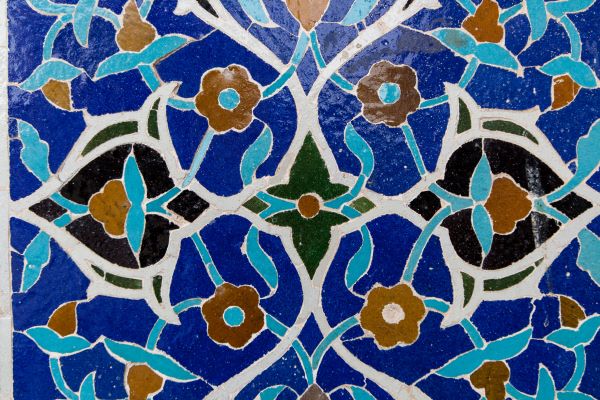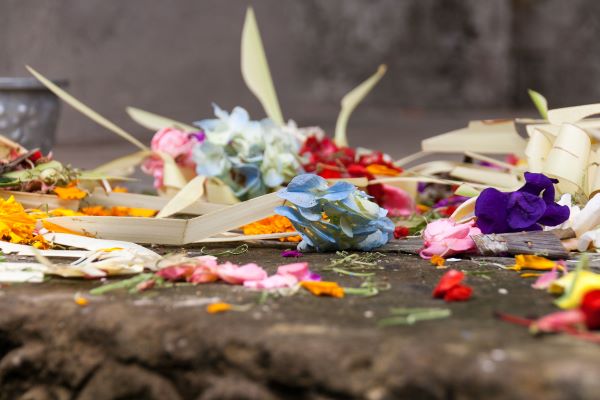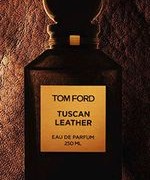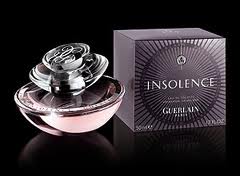Why Bad Smells Are Important in Perfumery
One of the paradoxes of perfumery is that to create a good smell, you need a bit of funk. A strawberry accord won’t smell convincing without a sulphurous accent. Recreating a dewy white blossom requires the same substances that are present in horse sweat. There is even a space in every perfume lab devoted to materials with strong, reeking odors, and it’s appropriately called “the stinky room.” Next to the roses and vanillas in a perfumer’s palette, notes reminiscent of dirty hair, musty fur, burnt toast or decaying fruit have their place of honor–costus, musks, civet, pyrazines and many other pungent ingredients. They may be used in small quantities, but they’re important enhancers, giving vibrancy, texture and spice to an otherwise conventional fragrance.

Traditionally, the raunchy notes in classical perfumery were of animalic origin—musk, civet, and ambergris. Today they have been replaced by their synthetic analogs, but they play the same role, warming up a composition and giving it a lush character. Chanel No 5 wouldn’t be the marvel that it is without a cocktail of musks that lingers under the layer of champagne-like aldehydes, rose and jasmine. In Hermès’s Calèche, a whisper of sunwarmed skin keeps this refined blend from becoming icy and aloof. Even more unexpected is Cartier Déclaration, a citrus cologne with a shot of cumin, a spice with a distinctly sweaty odor. For a proper bombshell you could turn to Schiaparelli Shocking, which transforms musk, honey, and civet into a symphony of ripeness.




















Ewan in Spring 2024 Perfume Launches : Lilac, Vetiver, Moss and Seaweed: I took the opportunity to blend seaweed, vetiver and mimosa essential oils. It is a very pleasant and interesting menage a trois. At first the seaweed hits the nose but… April 18, 2024 at 1:32am